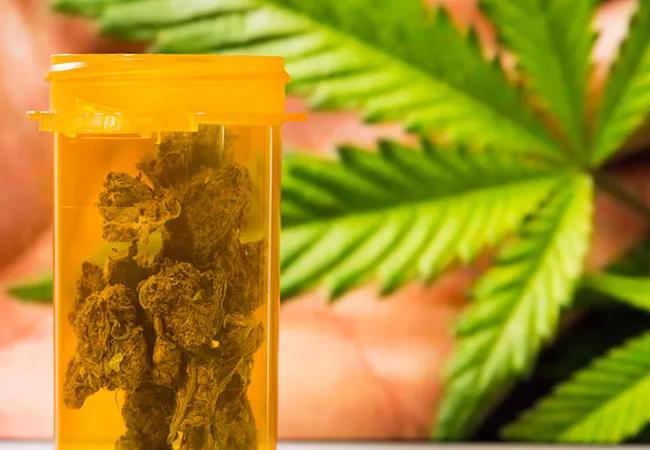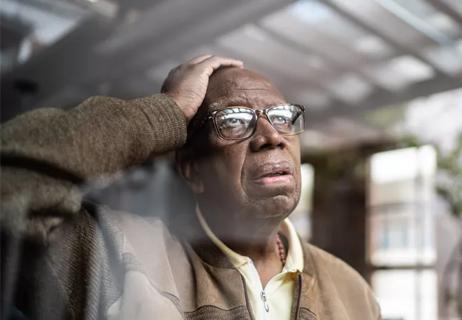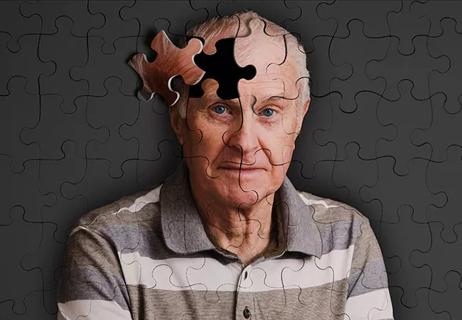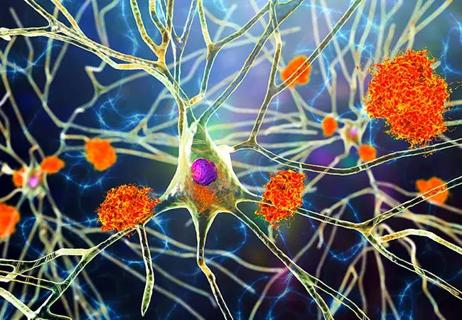Advertisement
Clinicians face difficult conversations when drugs and firearms intersect

Most physicians aren’t in the habit of asking their patients if they own weapons, yet gun ownership can have unexpected implications when treating conditions like chronic pain. That’s the takeaway from new research presented at the annual meeting of the American Geriatrics Society in May.
Advertisement
Cleveland Clinic is a non-profit academic medical center. Advertising on our site helps support our mission. We do not endorse non-Cleveland Clinic products or services. Policy
Led by Cleveland Clinic investigators, the study evaluated the complex ways that gun ownership, medical marijuana, and opioid therapy overlap. Although medical marijuana is now legal in 37 states and the District of Columbia, federal gun control laws make it illegal for anyone in possession of the drug to own a gun, with no exception for medical use. At the same time, most physicians are reluctant to prescribe a steady supply of opioids to patients who test positive for marijuana, which is a known risk factor for opioid misuse.
Unfortunately, there is little guidance available for physicians on how to navigate these conflicts, explains geriatrician and study coauthor Saket Saxena, MD. Clinicians can meet this challenge, he explains, by being aware of the concerns surrounding medical marijuana and getting comfortable talking about them with patients. “As physicians, we have to be knowledgeable and mindful of these issues, which are happening in real time,” he says.
The idea for the study was sparked by an elderly patient who was being treated for chronic pain at Cleveland Clinic’s geriatric emergency department, explains geriatric fellow and study coauthor Shruti Anand, MD. The man had been diagnosed with a pain syndrome related to injuries from a decades-earlier gunshot wound.
“When the patient arrived, I was initially focused on his history of pain,” says Dr. Anand. “And then, remembering that he was a victim of gunshot violence himself, I asked whether he owned any firearms. He admitted that he did.”
The patient was being treated with monthly medication infusions for pain management, but the regimen was only effective for about two weeks. Although Dr. Anand didn’t immediately make a connection between the patient’s gun ownership and his chronic pain treatment, after more discussion, she learned that he was using someone else’s medical marijuana card to obtain marijuana for additional pain relief. Due to his gun ownership, the patient was unable to get a card of his own; however, he was unwilling to give up his weapon, citing safety concerns.
At the same time, Dr. Anand learned that his regular physicians were unwilling to prescribe higher doses of opioids for breakthrough pain because of his marijuana use. She explains the case opened her eyes to a reality that was likely affecting many patients.
Without more data, it is unclear how many patients are affected by the issue, says Dr. Saxena, who emphasizes the importance of discussing it with patients and developing a treatment plan that will address their situation and concerns. In addition to conflicts with gun ownership, the CDC has warned that using marijuana alone or with opioids increases risk for opioid misuse, leading many providers to be cautious about combining these treatments, he adds.
Because opioids, marijuana and gun ownership remain sensitive and controversial topics, some physicians may hesitate to bring them up, Dr. Saxena acknowledges. Instead of avoiding the conversation, he says, clinicians should talk to patients using clear, nonjudgmental language that focuses on safety.
Advertisement
“In order to make the right decisions for our patients, it is critical to approach them with candor and sensitivity,” he concludes.
Advertisement
Advertisement

Structured data helps identify older adults at risk for poor outcomes, defines patients who require more comprehensive assessments

Analysis underscores how telehealth can help pinpoint elder abuse

Accurate, transparent documentation may reduce risks associated with common disorder

New study confirms prevalence, downstream effects of dysphagia and dysphonia

Accuracy of Mini-Cog screening tool enhanced by mandatory training

Clinicians examine strategies to address unique needs of those aged 85 and older

Experts examine the dangers and potential benefits of aspirin in geriatric patients

Research led by Cleveland Alzheimer's Disease Center could foster collaboration and help identify novel therapies